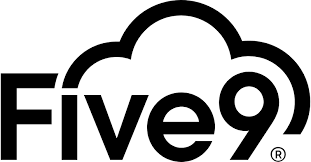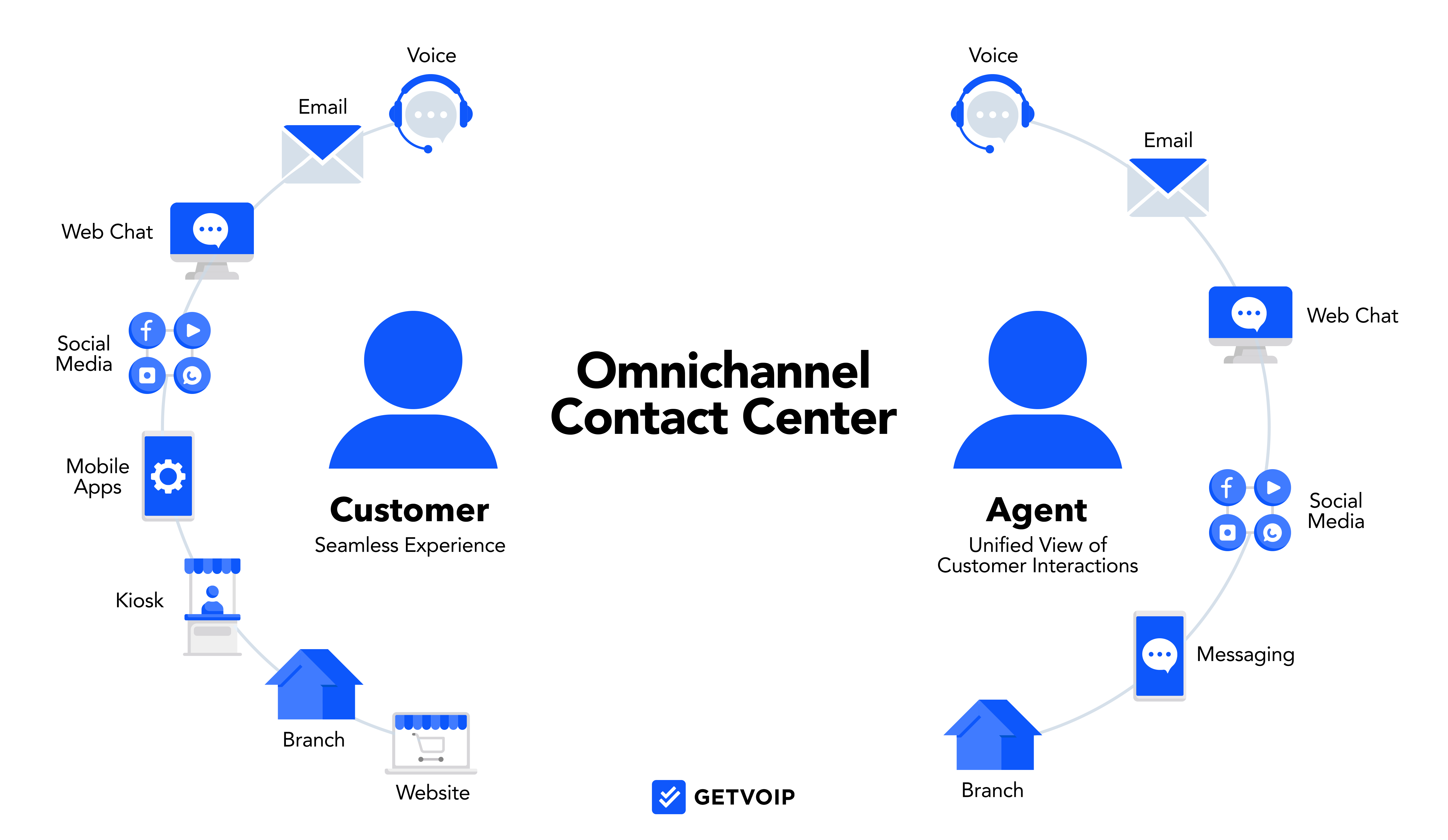When looking for the best call center software provider, it’s important to consider features, communication channels, the type of call center you are running, and pricing–all related to your business needs. Use the following guidelines to choose the best call center solution for your company:
Routing and Queueing Features
If your company receives a large number of inbound calls, especially for a variety of reasons–like technical support, customer service, billing information, product questions, sales–you should choose a call center provider with advanced routing and queueing capabilities.
In particular, look for a provider with these features:
- Advanced queueing with callbacks: Helps you organize inbound calls without making customers wait
- Omnichannel routing: Routes inbound contacts across a variety of channels–including SMS, chat, and email–while making it easy for agents to track these multichannel interactions
- Skills-based routing: matches inbound callers with the best-suited agent
- IVR and IVA: IVR is voice-based and IVA is text-based, but both provide customers with self-service options to indicate their needs, helping you match them to the right agent
Communication Channels
Most vendors offer multiple communication channels: voice, SMS, live chat and chatbots, video, email, and social media. However, some call centers only offer a smaller selection of these channels, and some offer certain channels on select pricing tiers.
Consider the channels that your customers would use and the size of your call center staff, then determine which channels are most important to you. Choose a provider and pricing tier that offers only those channels, and avoid paying for channels you won’t use.
Collaboration Tools
While some plans don’t offer internal collaboration tools, like video meetings and internal team chat with file sharing, some of the CCaaS providers on our list double as collaboration platforms.
Video meetings include capabilities like whiteboards and polls, while internal team chat allows for quick communication and document co-editing. If your hybrid or remote company wants to add collaborative tools, choose a provider with some UCaaS features built-in.
Analytics and AI
Analytics and AI tools make it easier for administrators and agents to do their jobs.
Reports and dashboards help administrators determine call volumes, review agent performance, see which channels are most popular with customers, and more. AI tools, like speech suggestions and customer sentiment analysis, train agents to provide better service. These insights help drive business decisions that save costs, improve agent efficiency, and boost customer satisfaction.
Pricing and Plans
Considering the features and channels listed above, you want to select the provider and pricing plan that offers the most value for your company. Compare all the providers who offer the features you want, then take a closer look at the plans they offer. Choose the pricing tier that includes your prioritized features without too many extra features you won’t use.
In general, choose the pricing tier that includes your prioritized features without too many features you won’t use. This way, you can select a provider and pricing tier that meets your budget.













